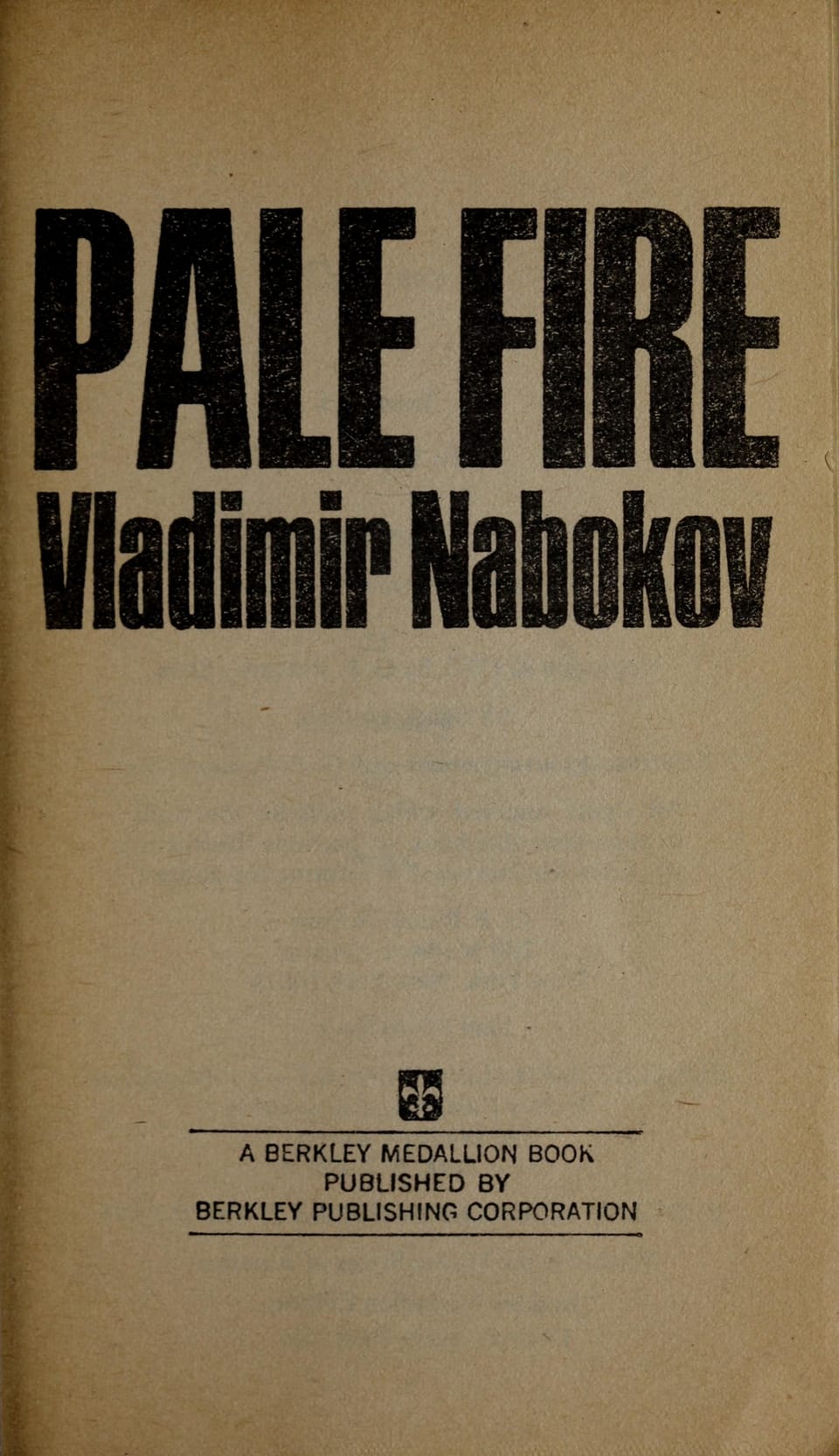Memoirs Of A Geisha: An In-Depth Look at Arthur Golden’s Evocative Novel
Dive into Memoirs Of A Geisha with a concise summary, historical context, theme analysis, and a look at its enduring cultural impact and screen adaptation.

Introduction
Arthur Golden’s 1997 debut, Memoirs Of A Geisha, swept readers into an exotic world of silk kimonos, intricate tea ceremonies, and the quiet resilience of a girl destined to become one of Kyoto’s most celebrated geisha. Part coming-of-age tale, part historical epic, the novel balances lush storytelling with meticulously researched detail. It spent two years on The New York Times Best Seller list and inspired a major motion picture, yet controversies surrounding cultural authenticity and representation continue to fuel debate. This article offers a concise, SEO-friendly exploration of the plot, themes, historical background, and ongoing impact of Golden’s classic.
Plot Summary
The story is framed as the fictional memoir of Sayuri Nitta, born Chiyo Sakamoto in 1920s Yoroido, a poor fishing village. After her mother falls gravely ill, the nine-year-old is sold with her sister to different buyers. Chiyo ends up in Gion, Kyoto’s geisha district, where she enters an okiya (geisha house) ruled by the ruthless Mother and dominated by the spiteful senior apprentice, Hatsumomo. Despite years of hardship, a chance act of kindness from a distinguished businessman known only as the Chairman ignites Sayuri’s resolve to survive and one day win his affection.
Under the mentorship of Gion’s legendary geisha Mameha, Chiyo transforms into Sayuri, mastering dance, shamisen, and the art of conversation. She navigates bitter rivalries, lucrative danna (patron) arrangements, and the upheaval of World War II, which forces her to seek refuge in a rural kimono factory. When peace returns, so does the glittering world of Gion, yet Sayuri still faces difficult choices between personal desire and societal duty. Ultimately, she gains freedom from the okiya, reconnects with the Chairman, and settles in New York—offering a bittersweet conclusion that honors both tradition and self-determination.
Historical Context
Although Golden’s narrative is fictional, it draws heavily on the real lives of geisha in pre- and post-war Japan. Geisha—literally “arts people”—emerged during the Edo period as professional entertainers skilled in music, dance, calligraphy, and witty conversation. Far from being courtesans, they existed in a rigid hierarchy governed by contracts, kimono debts, and complex rituals. The 1920s–1940s setting showcases Japan’s rapid modernization, Western influence, and the cataclysmic effect of WWII bombings on cultural hubs like Kyoto. Golden spent years interviewing the late geiko Mineko Iwasaki—whose uncredited cooperation later spurred lawsuits—to recreate this vanished milieu with cinematic clarity.
Major Themes
Identity and Transformation
Sayuri’s transformation from Chiyo the fisher’s daughter to Kyoto’s celebrated geisha embodies the novel’s exploration of identity as performance. Each silk obi, painted lip, and calculated gesture separates her true self from the public persona demanded by patrons and tradition.
Female Agency within Constraint
While geisha culture confines women to male entertainment, Golden depicts subtle forms of agency: choosing mentors, manipulating market value, and seizing emotional victories. Sayuri’s inner narrative reveals how intellect and resilience can subvert societal limitations.
Power Dynamics and Commodification
The novel exposes how beauty and youth are monetized. The infamous mizuage auction—wherein a geisha’s virginity is sold—spotlights the transactional nature of intimacy and the intersection of economics and desire in pre-war Japan.
Character Analysis
Sayuri Nitta
Sayuri’s signature gray-blue eyes set her apart in homogenous Japan, symbolizing both allure and alienation. Her voice—at once poetic and candid—invites readers to question the cost of survival in a world ruled by etiquette.
Mameha
Mameha, disciplined and business-savvy, represents the apex of geisha professionalism. Her strategic mind orchestrates Sayuri’s rise, revealing mentorship as both altruistic and transactional.
Hatsumomo
As an antagonist, Hatsumomo embodies jealousy untempered by social grace. Her downfall illustrates the impermanence of beauty and the self-destructive nature of envy.
The Chairman
More symbol than flesh, the Chairman stands for kindness in a mercenary environment. His restrained demeanor reflects Confucian values of duty and honor, yet his ultimate pursuit of Sayuri complicates the moral landscape.
Cultural Impact
Upon release, Memoirs Of A Geisha reinvigorated global interest in Japanese aesthetics—boosting tourism to Kyoto’s Gion district and inspiring spas, fashion lines, and even fragrance campaigns. Critics praised Golden’s lyrical prose, but Japanese scholars questioned his portrayal of geisha as quasi-sexual commodities, arguing that the novel perpetuates Orientalist stereotypes. Nevertheless, it introduced Western audiences to the nuanced distinction between geisha and sex workers, sparking academic discussions on gender, power, and cultural appropriation.
The book has been translated into more than 40 languages and has sold over 15 million copies worldwide. Its endurance owes much to universal motifs of ambition, love, and resilience—elements that resonate regardless of cultural context.
Film Adaptation
Rob Marshall’s 2005 film adaptation, starring Zhang Ziyi, Ken Watanabe, and Gong Li, grossed over $162 million globally and won three Academy Awards for cinematography, art direction, and costume design. While visually opulent, the casting of Chinese actors as Japanese geisha rekindled debates about representation. Still, the film secured the novel’s place in pop culture, expanding its audience and reinforcing its imagery of rain-soaked streets, glowing lanterns, and secret teahouses.
Conclusion
More than two decades after publication, Memoirs Of A Geisha remains a gateway into Japan’s vanished pleasure quarters and a touchstone for conversations about identity, artifice, and female autonomy. Whether cherished as a romantic saga or critiqued for historical liberties, Arthur Golden’s novel endures because it invites readers to look beyond the painted mask and find the human pulse beneath.



